AWS Cloud Pricing Calculator Guide
Contents
With cloud computing becoming prevalent, many businesses have started thinking of opting for AWS. Among many of its aspects, pricing has always been a major concern. Don’t worry, it’s not that tricky. Through this article, you’ll learn about AWS cloud cost calculator and models, as well as some of the best practices for AWS cloud cost optimization.
What is AWS?
Amazon Web Services, known as AWS, is a cloud computing platform provided by Amazon. It offers a diverse range of services that include computing capabilities, data storage, and databases, as well as content delivery, security, and analytics functionalities. These features enable both individuals and organizations to store their data, run their applications, and execute different computing tasks using the cloud.
AWS is a prevalent and widely utilized platform that provides high scalability, reliability, and security to its users. It is employed by millions of customers globally. Moreover, AWS follows a pay-as-you-go pricing system that enables customers to pay for the services they require and adjust their usage as per their requirements. This flexible pricing structure makes AWS a preferred choice for businesses of all sizes.
5 AWS Pricing Models
There are five AWS cloud computing pricing models in total, which can help you optimize costs and plan budgets as per specific use cases.
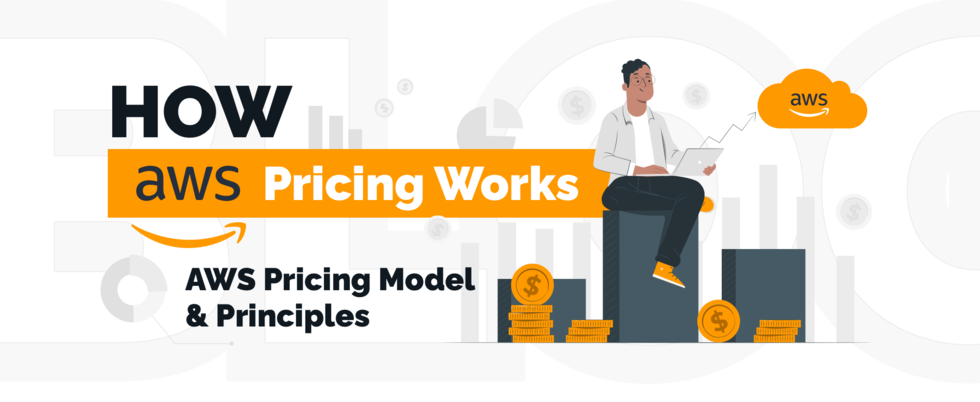
1. On-Demand
There is a AWS pricing option for its EC2 (Elastic Compute Cloud) compute instances that allows you to pay by the hour or second using an on-demand model. This means you can create instances without paying anything in advance and only pay for the resources you used when you terminate the instances. This model provides a high degree of flexibility and scalability, making it suitable for new AWS users testing the environment or for workloads that are unpredictable. However, it is worth noting that on-demand instances can be more expensive, and the costs can add up quickly.
2. Spot Instances
AWS Spot Instance is a purchasing option that enables customers to buy unused Amazon EC2 computer capacity at a highly-reduced rate. Using AWS Spot Instances can result in significant cost savings on computing capacity, as these instances are available at up to 90% off the on-demand price. This AWS cloud computing pricing model provides the most substantial potential cost savings, especially when you need to scale your computing capacity quickly. However, using spot instances may not be suitable for workloads that require high levels of reliability as these instances can be terminated at any time when AWS requires the computing capacity.
3. Reserved Instances
The AWS pricing model for Reserved Instances (RIs) offers significant discounts in exchange for a long-term commitment to using AWS for either one or three years. AWS provides different payment options for RIs, such as no upfront, partial upfront, and all upfront payments. Compared to spot instances, setting up and maintaining RIs is relatively straightforward. However, it’s essential to note that with RIs, you’ll be charged for all instances reserved, even if you don’t use the entire computing capacity.
4. Saving Plans
Similar to Reserved Instances (RIs), Saving Plans provide a substantial discount in exchange for committing to using AWS resources for an extended period. The key difference is that Saving Plans allow you to commit to an hourly spend, and then apply a discount rate, which is deducted from your on-demand usage. In contrast to RIs, this AWS cloud computing cost model is combined across resources, which enables you to take advantage of multiple discounts.
5. Dedicated Hosts
AWS provides a service where you can rent a physical server known as a Dedicated Host. This option is known for its high level of security and reliability since the entire server is exclusively available for your private use. However, this option tends to be more costly and may not be suitable for individuals or small businesses, as it is primarily intended for enterprises.
AWS Pricing & Pricing Calculator
Learning about Amazon’s AWS cost calculator helps you to have better AWS cloud cost management. Here are four pricing principles offered by AWS.
1. Pay as You Go
Pay as You Go enables you to rent computing resources on-demand, allowing for full control over the number of machines you use and their duration of usage. It is useful when it’s not feasible to purchase or construct your infrastructure. However, the costs of using on-demand infrastructure can increase quickly, particularly for long-term server deployments.
2. Pay Less by Using More
Amazon offers volume discounts and tiered pricing for its services, which means that as you consume more resources, the cost per unit decreases. You can take advantage of this AWS cloud cost principle by moving your workloads between services and pricing tiers to optimize your costs.
3. Save When You Reserve
AWS offers discounts ranging from 30% to 72% on reserved EC2 instances. You can reserve computing resources for an extended period (either one or three years), leading to a reduced price for the reserved capacity. However, be noted that you will have to pay for the full cost of the reserved capacity, even if you don’t use it all.
4. Free Usage Tier
AWS offers a free tier program for new users, which allows them to use a variety of services without charge for one year or until they reach the usage limits. This AWS cloud computing cost tier includes various services, such as EC2 instances for a maximum of 750 hours or 5 GB of storage on Amazon S3.
Top AWS Services and Pricing Estimation
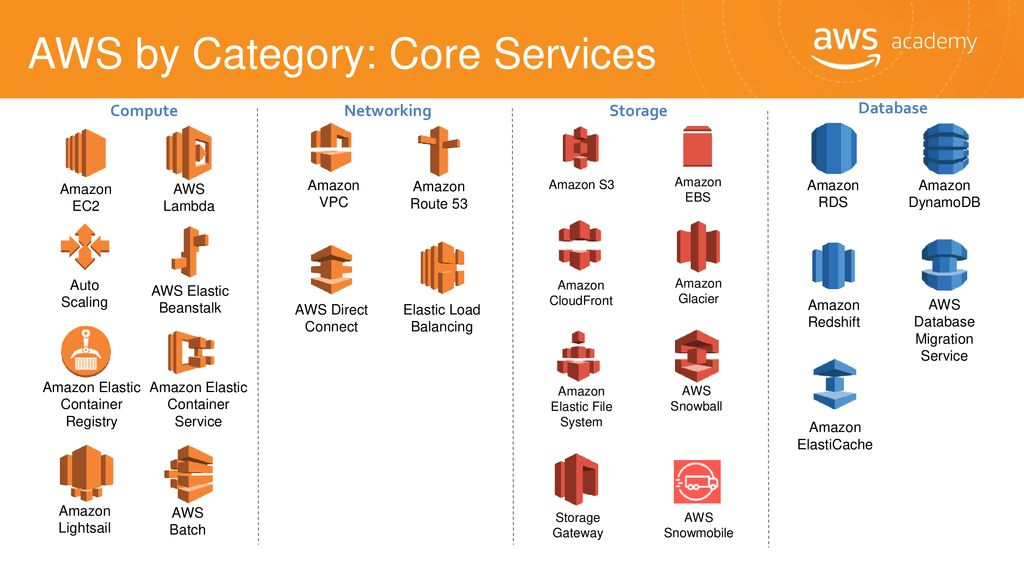
Service #1. Amazon EC2 [Elastic Compute Cloud]
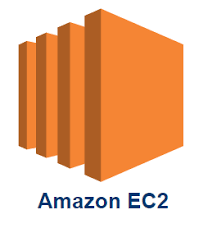
Amazon EC2 allows for the management of a variety of workloads through virtual servers. This service is equipped with processors, networking facilities, and storage systems that are optimized for efficient computing infrastructure. It also provides quick access to resources and is able to scale capacities dynamically in response to changing demands.
Pricing: $0.09 per GB for the first 10 TB each month
Service #2. Amazon S3
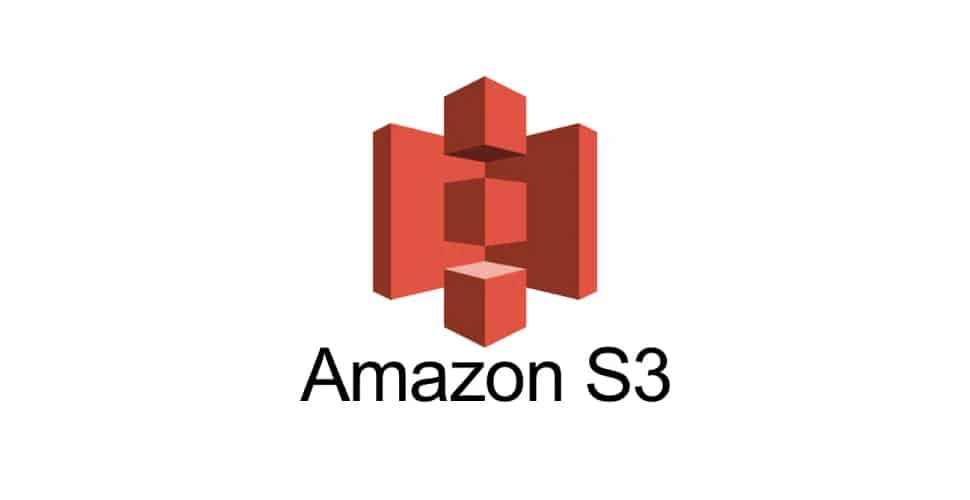
Amazon S3 is an object storage service known for its high scalability. The primary function of Amazon S3 is to allow users to access any amount of data from any location. This service utilizes ‘storage classes’ to reduce costs and make data management easier. The data stored in Amazon S3 is highly secure and meets audit and compliance requirements.
Pricing: $0.023 per GB for the First 50 TB each month
Service #3. AWS Aurora
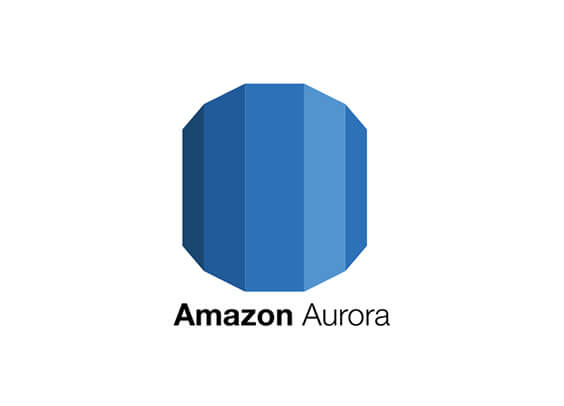
Amazon Aurora is a high-performance relational database compatible with both MySQL and PostgreSQL. One of the key benefits of Amazon Aurora is that it automates critical tasks such as hardware provisioning, database setup, backups, and patching. This distributed, fault-tolerant storage system is also self-healing and can scale automatically to meet changing needs.
Pricing: $0.10 per GB each month for storage
Service #4. Amazon DynamoDB
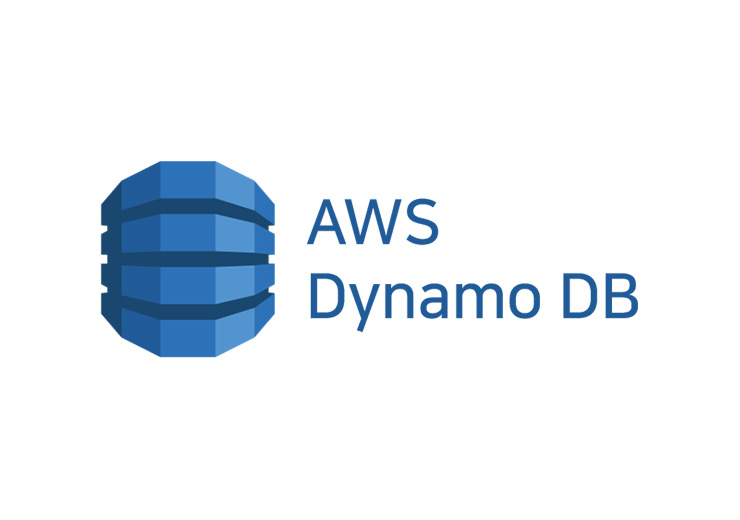
Amazon DynamoDB is a NoSQL database AWS service that is fully managed and serverless, making it a cost-effective option. DynamoDB provides single-digit millisecond performance, with unlimited throughput and storage. Additionally, there are built-in tools that allow it to generate actionable insights, analytics, and traffic trend monitoring within applications.
Pricing: $0.02 for each 100,000 data reading operations
Service #5. Amazon RDS

Amazon RDS is the managed Relational Database Service for a range of databases including MySQL, PostgreSQL, Oracle, SQL Server, and MariaDB. This service allows for the rapid setup, operation, and scaling of relational databases in the cloud. It achieves high performance by automating essential tasks such as hardware provisioning, patching, and backups.
Pricing: $0.016 per hour for standard db.t4g.micro instances
Pricing Estimation
AWS cloud computing pricing will depend on the data center region you choose. To get specific pricing information, companies can use the AWS Pricing Calculator. This tool is designed to help businesses gain a better understanding of AWS services and estimate the cost of their typical use cases and custom applications.
To use the tool, follow these steps:
- First, go to the AWS Pricing Calculator page and click on the “Create estimate” button.
- Next, you’ll see a list of all the AWS services available in your region. At this point, you can either learn more about each service or configure them for your specific use case.
- On the configuration page, you’ll need to provide some basic information, such as the data center region, the average size of data requests, and integration usage, to calculate the billing accurately.
- You can add multiple services to the estimate. Once you’ve completed this step, you can generate the final AWS estimate. Remember that AWS also offers a free tier to help you get started.
How to Optimize AWS Cost?
Once you’ve learned about the AWS cloud cost calculator and its services, it’s important to know AWS cloud cost optimization, as better optimization means better AWS cloud cost management.
Here are some practices of how to optimize AWS cost effectively.
1. Rightsize EC2 Instances
Rightsizing is the process of matching instance sizes with their workloads, but this can be challenging because instances double in capacity when increasing in size. This means that rightsizing is only useful when instances have peak utilization below approximately 45%.
2. Delete unattached Elastic Block Storage
To optimize AWS costs, it’s important to delete unattached Elastic Block Storage (EBS) volumes. When you launch an EC2 instance, an EBS volume is attached to it as local block storage. If you didn’t check the “delete on termination” box when launching the instance and later terminate the instance, the EBS volume will still exist and contribute to the monthly AWS bill.
3. Remove obsolete snapshots
Snapshots are advantageous because they only save data that has changed since the last snapshot, which helps prevent duplication in the S3 bucket. Although keeping snapshots for a few weeks is recommended, you usually only need the most recent snapshot if something goes wrong. Deleting unnecessary snapshots can save you thousands of dollars, even though the cost of individual snapshots is relatively low.
Conclusion
The services offered by AWS assist companies in enhancing productivity and decreasing the time required to deliver value. AWS is one of the leading providers of public cloud services globally and is committed to advancing emerging technologies such as AI, IoT, and ML. By utilizing AWS services, companies can develop innovative products on the cloud with on-premises infrastructure.
More From Blog

August 8, 2024
Data-Driven Product Development: Strategy To Drive More Sales
As a business owner, you want your products or services to be well-received upon launch. The most effective way to create a product that satisfies a broad range of customers is to gain insights into their needs and behaviors from the outset. The key lies in data-driven product development, a strategy that many companies have […]

August 8, 2024
7 Steps To Establish A Data-Driven Governance Program
While data-driven approaches significantly benefit organizations in various ways, failure to govern the huge data sets will hurt your business even more. Effective data management also ensures data quality and security. That’s why there is an increasingly high demand for data-driven governance programs. Continue reading for a detailed guide! What Is Data-Driven Governance? Surprisingly, many […]
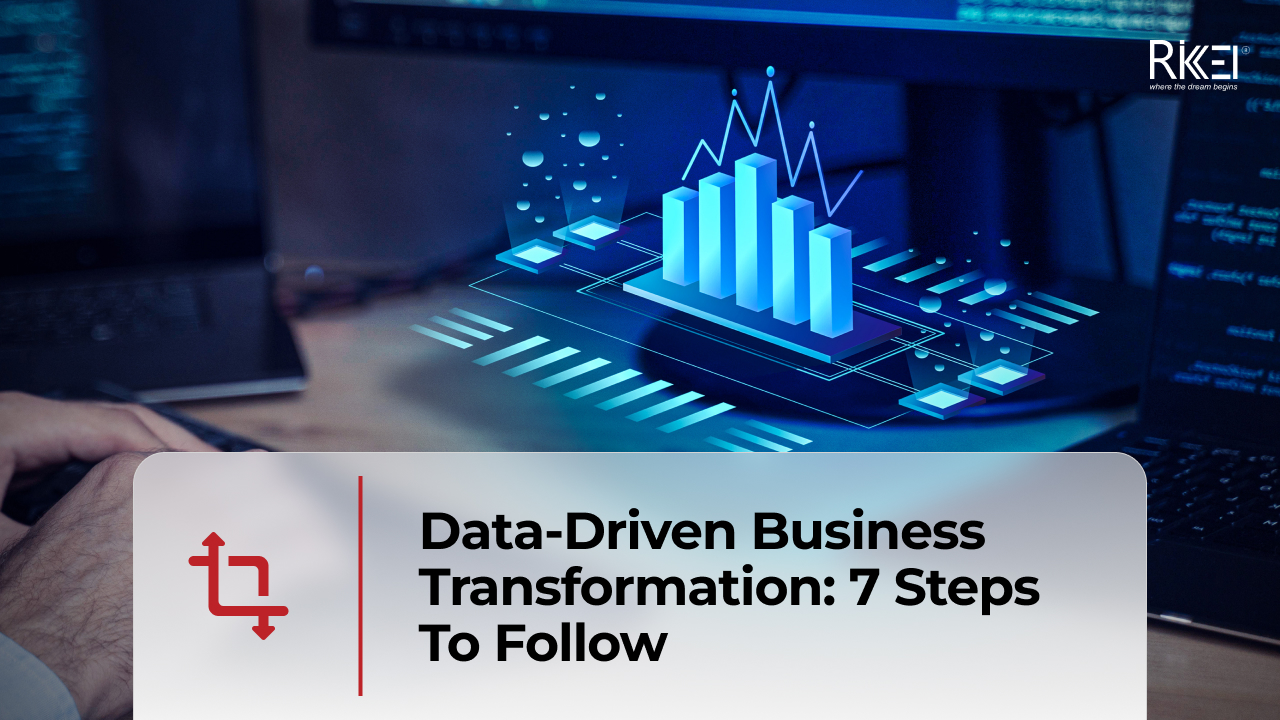
August 8, 2024
Data-Driven Business Transformation: 7 Steps To Follow
Data empowers businesses to make well-informed decisions in different departments, like marketing, human resources, finance, and more. As a business owner, you should also employ data-driven approaches to skyrocket productivity and efficiency. If you are still new to this concept, scroll down for an in-depth guide on data-driven business transformation. What Does A Data-Driven Business […]
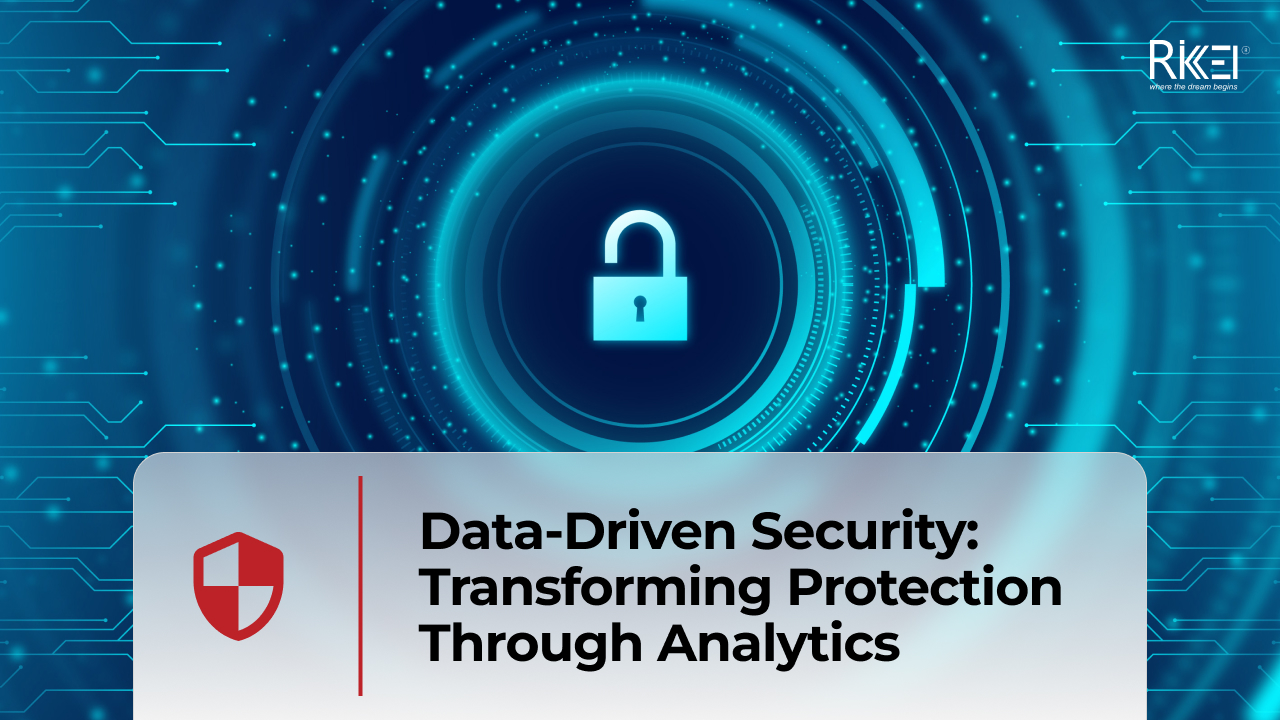
August 8, 2024
Data-Driven Security: Transforming Protection Through Analytics
Cybersecurity was once an afterthought for most organizations. But in today’s digital landscape, it has become mission-critical. With this transformation has also come a shift in how security decisions are made. Rather than relying solely on intuition and tradition, leading organizations are embracing data-driven strategies. By using metrics and insights around threats, vulnerabilities, and more, […]

August 8, 2024
Differences Between Data Science and Computer Science
Data Science and Computer Science are distinct fields overlapping in certain areas but have different focuses and objectives. The article below will help you clearly understand the differences and the close connection between the two fields. What is Data Science? Data Science is an interdisciplinary field that combines scientific methods, processes, algorithms, and systems to […]

August 8, 2024
How Real-Time Data Analysis Empowers Your Business
In today’s fast-paced business landscape, the ability to quickly make data-driven decisions has become a key differentiator for success. Real-time data analysis, the process of analyzing data as soon as it’s generated, has emerged as a powerful tool to empower business across industries. By leveraging real-time data analysis, organizations can gain timely and actionable insights, […]

